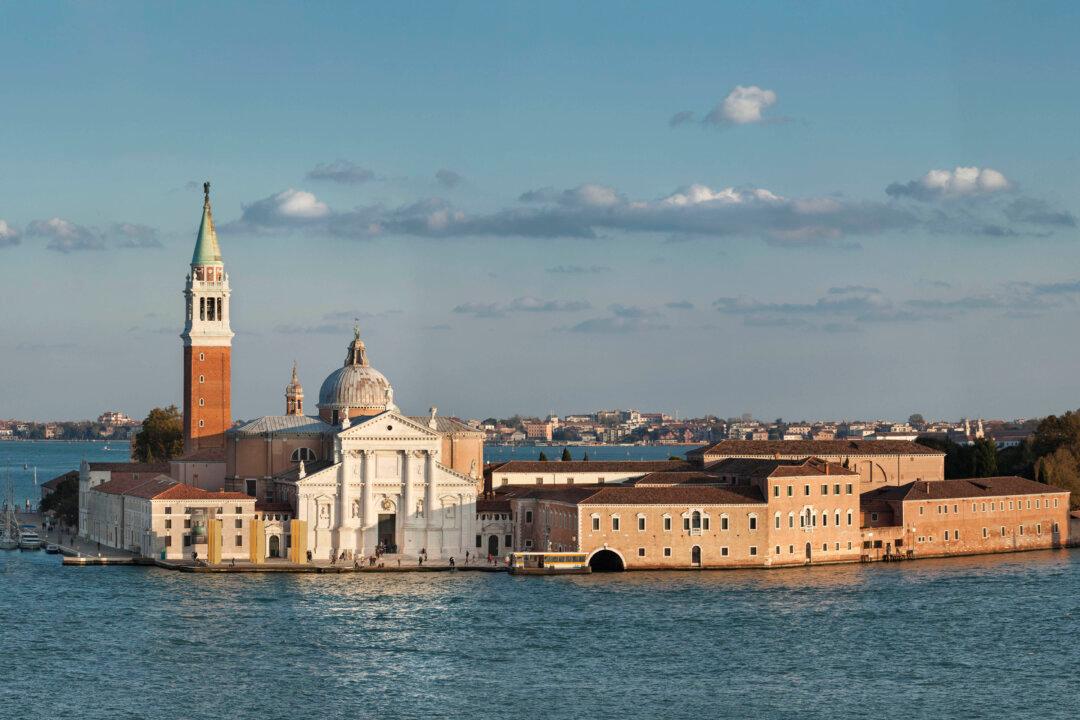For centuries, master artisans all over Europe have made exquisite objects by hand. These objects are as individual as the countries they come from, the traditional techniques they use, and the very hands that make them. “In Europe, the accent, the wine, and the food changes every 30 to 40 miles. And so do the skills and techniques in craftsmanship,” says Milan gallerist Jean Blanchaert, curator of the “Best of Europe” exhibit at “Homo Faber,” in a press release.
Until Sept. 30, the “Homo Faber” exhibition highlights the very finest craftsmanship from across Europe at the Giorgio Cini Foundation on San Giorgio Maggiore in Venice, Italy. The Michelangelo Foundation hosts the event, which includes 16 exhibits on the theme of “crafting a more human future.”






